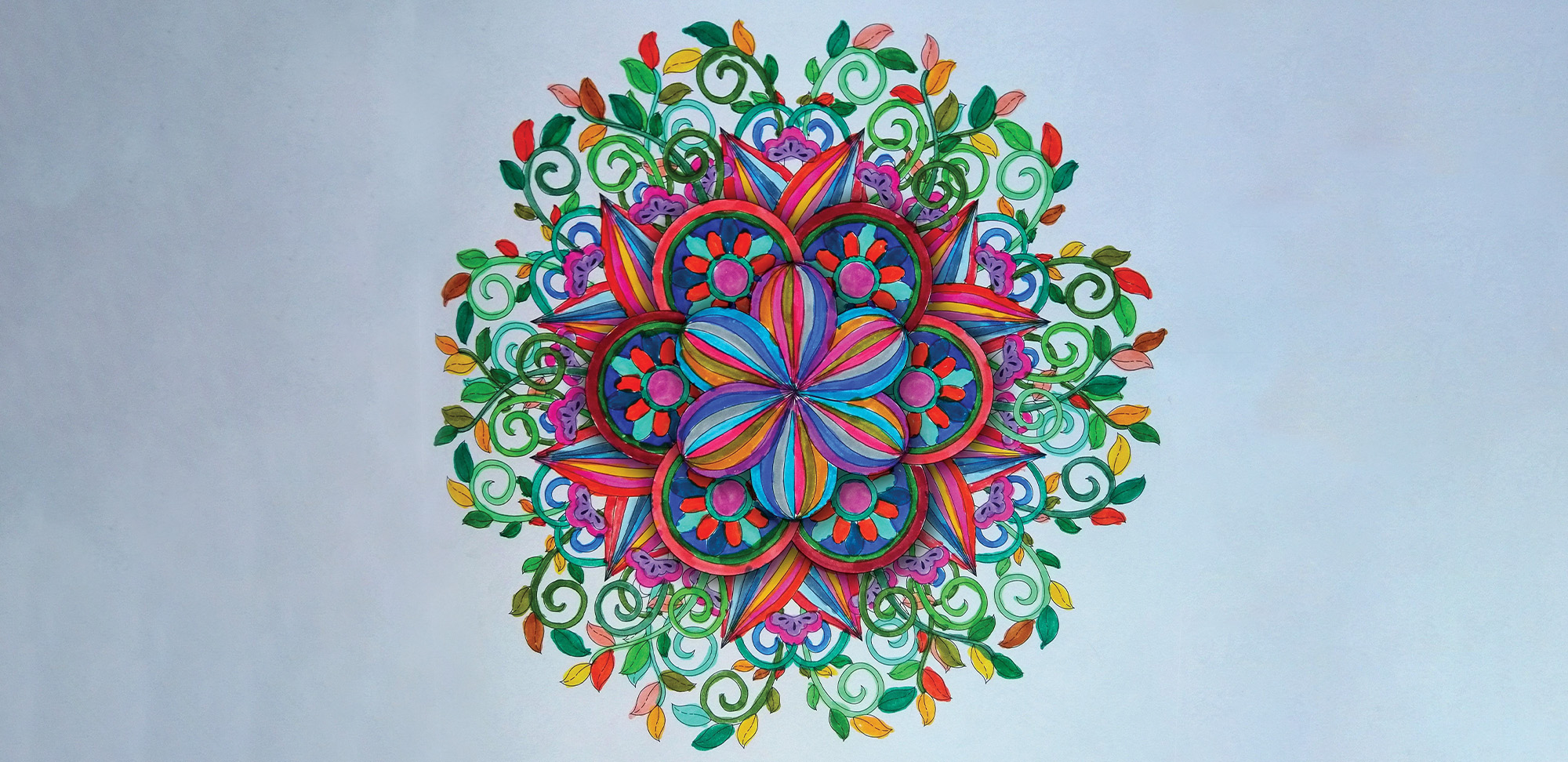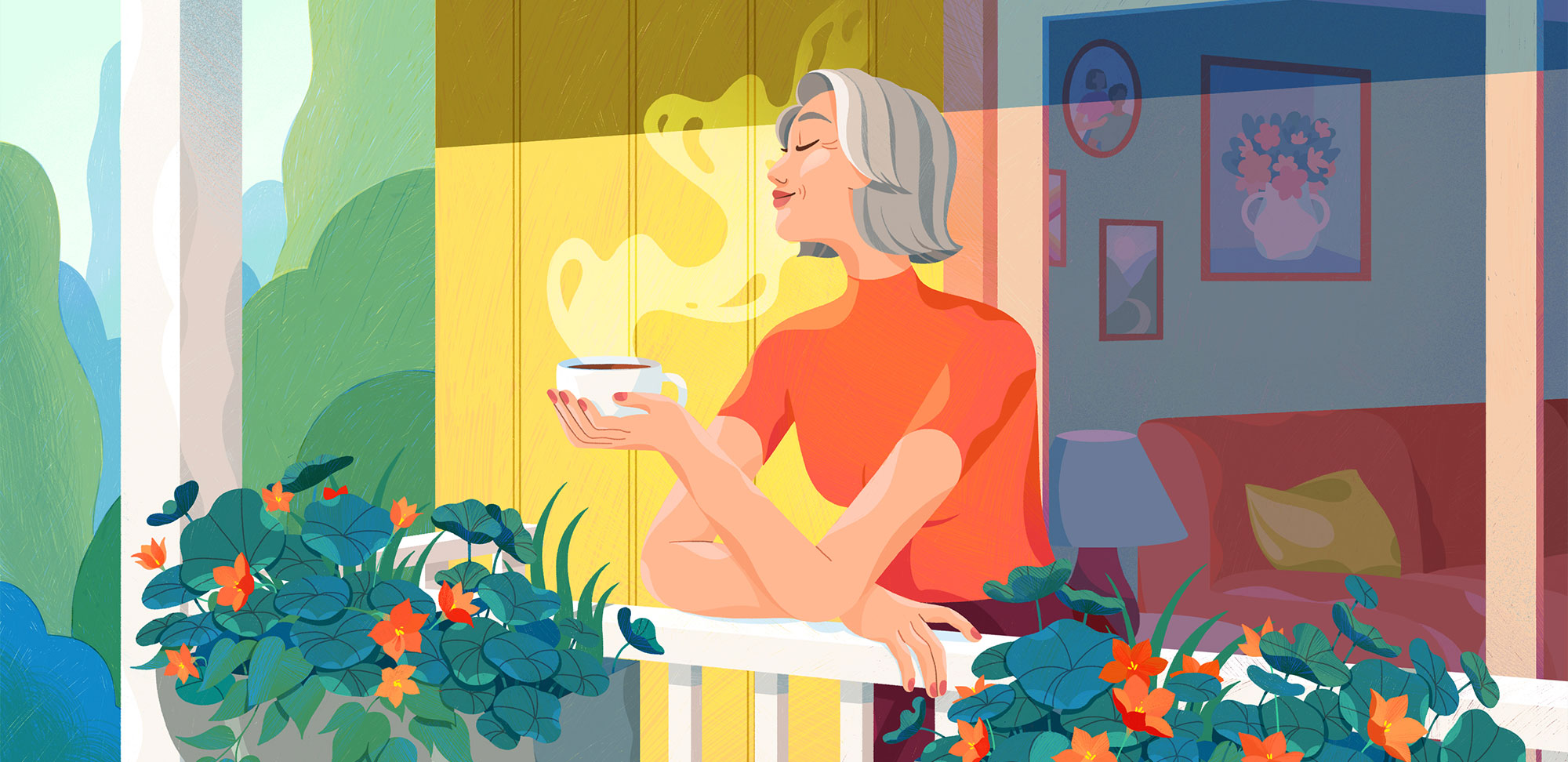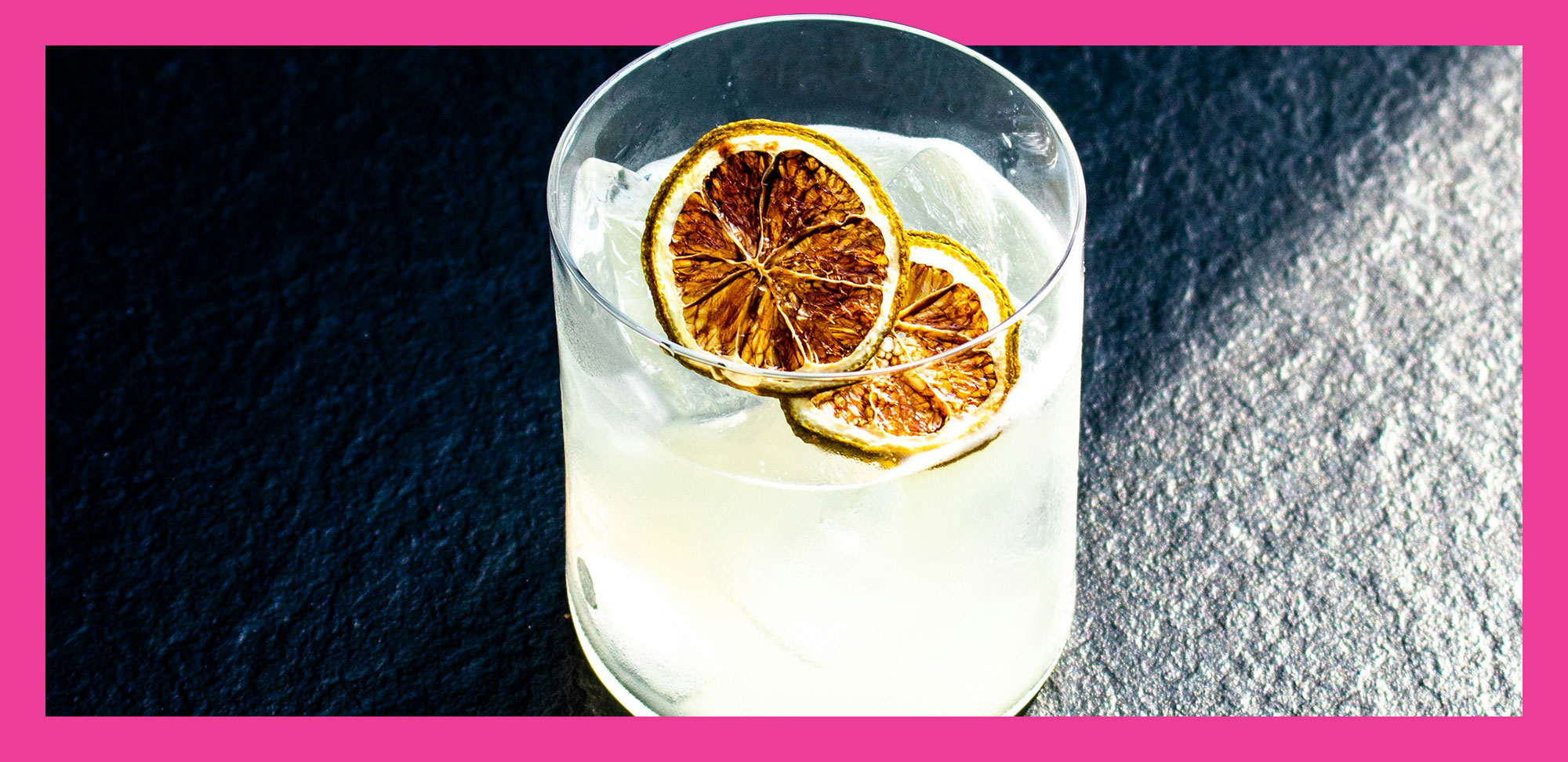I was introduced to timed writing as a form of mindfulness while supervising at a weekend retreat for girls in robotics. The Renaissance Yes, You Can! Challenge had me thinking about how to marry this technique with recording the stories of my family, something I have long talked about, especially after my mom died in 2019 and I have been reminiscing with my children about the “old days.”
I am a second-generation Chinese-Jamaican. This means that both sets of grandparents were born in China and my parents were the first generation to be born in Jamaica. We immigrated to Canada in the mid-1970s, along with many other Jamaican families, because it was perceived that political changes and increasing violence on the island would make for a very uncertain future.
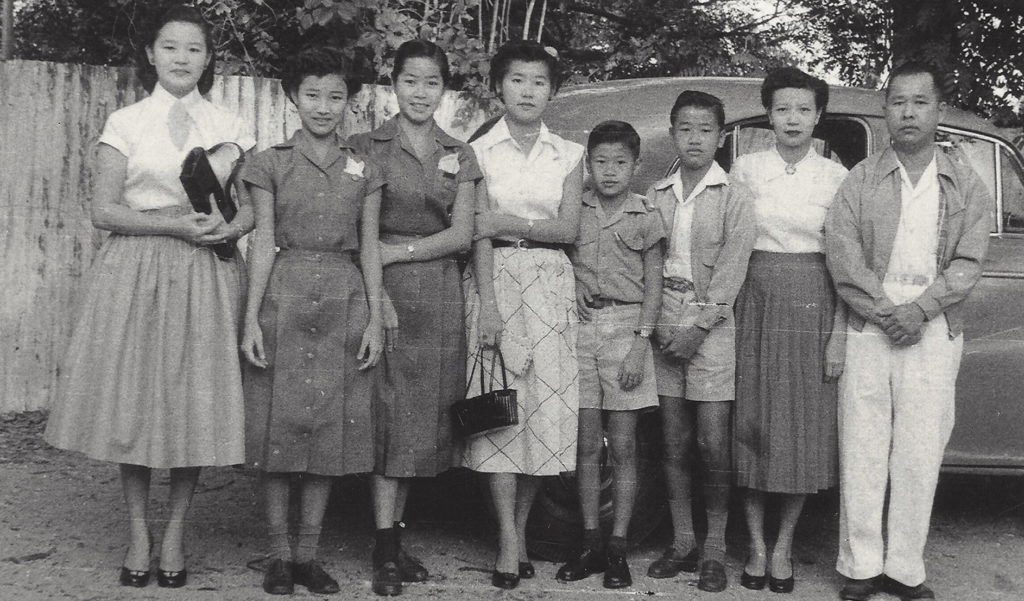
I envisioned that my writing would include conversations with relatives and friends, because what I know or remember being told doesn’t always correspond with what others remember. Perspective matters!
In early 2021, I started work with two notebooks — one for my dad, one for my mom — a fountain pen and a bottle of ink.
There is something calming about the physical act of writing every day. I would set my timer for 30 minutes, listen to movie music by Ennio Morricone — after all, one’s memories are rather epic! — or Yo-Yo Ma, a favourite artist, and write. One day, I would write about Dad’s family, the next day, about Mom’s. Becoming interested in some specifics of the family tree, I used the Toronto Public Library’s resources to find dates of birth, death and marriage, and even crew and passenger manifests.* There were discrepancies in the spelling of surnames, which is fairly common among Chinese when our names are anglicized, and transcription errors are common when cursive writing is digitized.**
I started to correspond with relatives and close family friends, asking about their memories and perceptions of events and people.
Dad’s family, the Chen Sees, were shopkeepers in the rural Jamaican village of Ginger Hill, St. Elizabeth parish. Montego Bay was the closest large town to the north, some 25 miles of winding roads through the hills. From Ginger Hill, it was a night’s journey by truck to Kingston, where they obtained dry goods such as salted codfish, sugar, flour and oil, as well as other items such as fabric, thread, rope, jewellery and shoes. They sold these items to locals, who did not then have to travel all the way into town to obtain staples. The family also bought ginger, tanned goat skins and other materials from locals, later selling these in Kingston. Eventually, the family moved to Kingston, owning and operating a hardware store named Hole-in-the-Wall on King Street. The warehouse on Harbour Street later became another store.
This is a common story of many Chinese in Jamaica. Writer Easton Lee has published poetry on this very subject, about growing up underneath the shop counter and eavesdropping on the news of the day, in a time when children were seen and not heard. Chinese-Jamaicans made up much of the so-called middle class, owning and operating many of the island’s supermarkets, pharmacies and bakeries — at least, this was the case when we left in the mid-1970s.
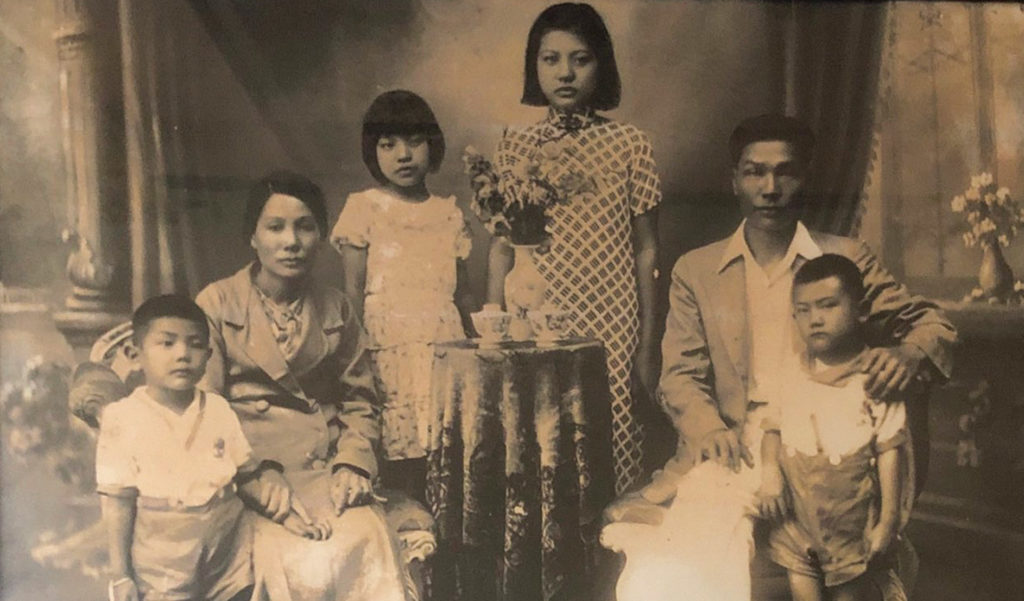
Grandfather Charles Chen See was one of four siblings. I never knew them and don’t know many of their descendants, despite the old saying that all Chinese-Jamaicans know each other. Grandfather was married to Anna Chang. It was an arranged marriage. Great-grandfather Chen See returned to China to bring back 14-year-old Anna as Charles’s bride; the families apparently knew each other in China.
Mom’s parents were restaurateurs and entrepreneurs in Kingston. My grandmother (I called her Japo — mother of my mother; in Chinese, there are specific terms to denote family relationships) once told me how she and her husband (Jagung) came to live in Jamaica. Great-grandfather Look Hong (or Look Kam, according to one official record) ran a restaurant, sending money to his wife in China. People in the village were jealous and threatened to harm my grandfather, James, so his mother sent him to his father. Japo said he was sent when he was six years old; an aunt said she thought he was 12; another aunt said she thought he was nine and came with his father. Great-grandfather had taken a second wife in Jamaica, since the wife in China would not join him there. This was apparently common practice, so one would hear about the kids of the first wife or the second, and as a child, I always assumed that the first wife had died!
Japo said that my grandfather had insisted that his half-siblings be raised by his mother, the first wife, and that his sisters owed him their lives because they had made very good marriages. As a child, I met these glamorous aunts in Hong Kong. They spoke exclusively Cantonese, and only as an adult did I learn that they were of mixed race.
Eventually, it came time for Jagung to marry. His mother sent photographs of eligible candidates, and he selected Suevon Liang. His mother wanted him to pick someone else, because she was an only child and her father was dead, but he said it was her or no one. They were married and she came to Jamaica at 16, knowing no English. Together they raised six children, my mom being the eldest, and owned and operated several restaurants and even a night club. They came to Canada in the mid-1970s, too, with the rest of the family.
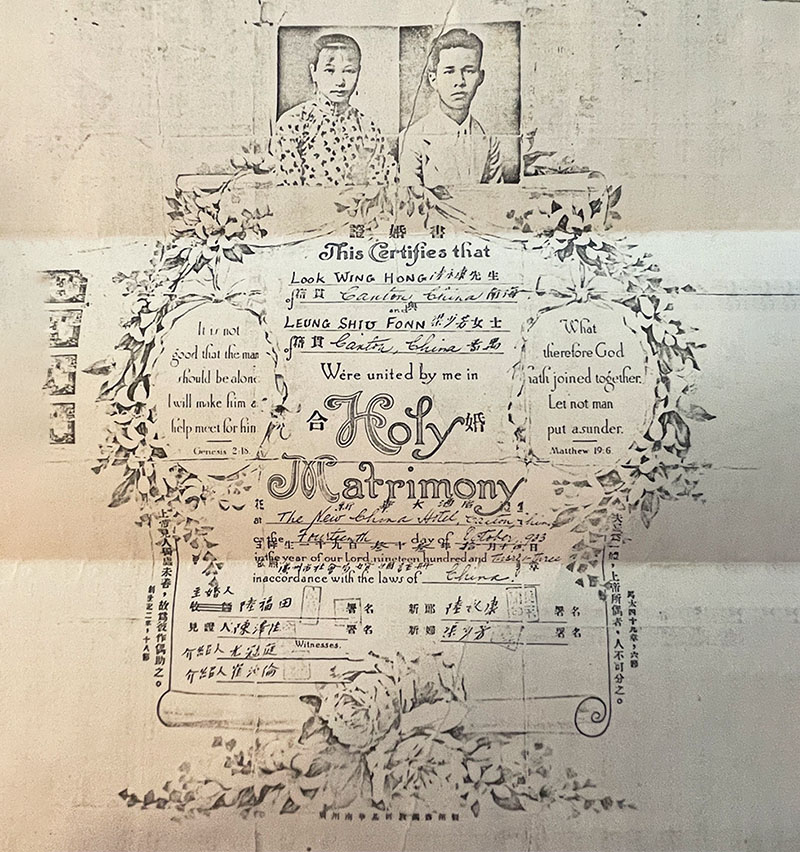
I have since written in my notebooks about the tragic death of Dad’s elder sister, about which he never spoke; the conversion of Jagung to Catholicism on what he thought was his deathbed — he had an ulcer, likely from running all those restaurants; Dad’s parents sitting in the backseat when he arrived for a first date with Mom; teenage Mom talking the maids into making Jamaican dishes, such as ackee and saltfish and mackerel rundown, because they were not allowed to eat the “local” foods at home; the peek a pyow man who took bets; the elderly Chinese men sitting on the sidewalk calling to the passing young women: “Who you syang? (What is your lineage?) Who you madda/fadda?”; the aunt who encouraged her son to escape the United States draft in Europe — she saw too much violence and death as a girl in Japan-occupied China …
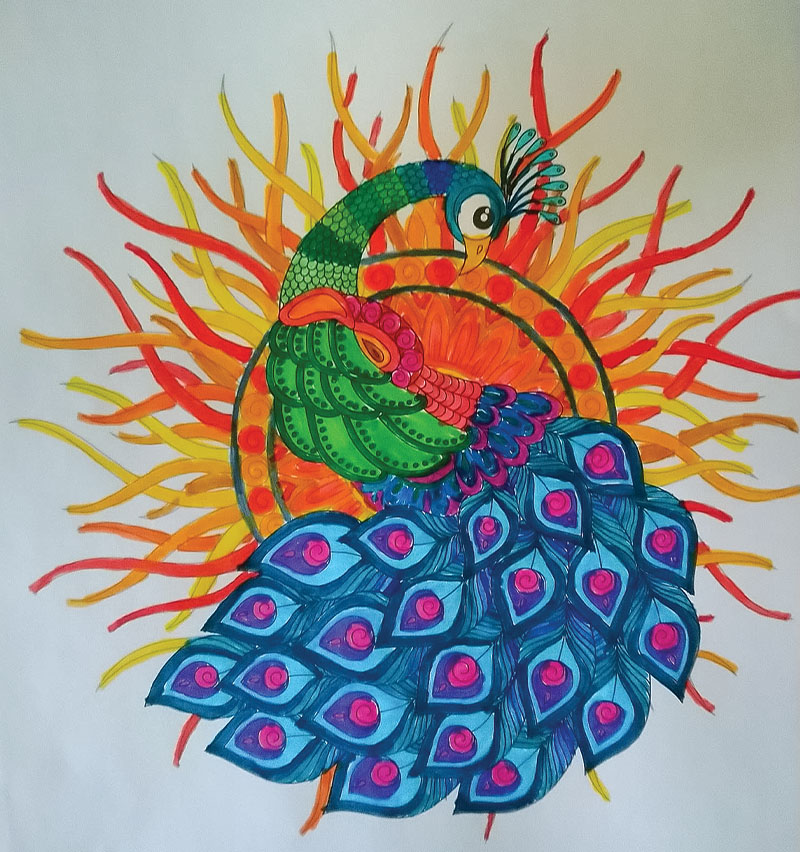
Seeing the world in a new way
One of the rooms in the condo complex where Kerry Black (District 22 Etobicoke and York) lives is designated as the art room. “The art room offers a quiet, friendly environment away from the typical noisy home,” she says.
Black meets a few times a week for two or three hours with other women — all painters, whose paintings hang on the room’s walls.
“It’s a time for us to get together and socialize,” she says. “It lifts our spirits to be chatting and interacting with one another.”
But it’s not only the socializing. “We can provide one another with encouragement and support of our creative endeavours. This boosts our confidence and happiness.”
Black doesn’t paint; she colours in colouring books designed for adults. “I have 100 markers, so I’m free to imagine the world in a new way in many shades and shapes,” she says. “And the bright colours cheer me up.” —Brooke Smith
Writing has expanded beyond a deliberate mindfulness exercise. I discovered The Jamaica Reader, one of a series published by Duke University Press in 2021, on history, culture and politics, and rediscovered Ray Chen’s 2005 The Shopkeepers, which was published to mark 150 years of Chinese in Jamaica. Reading the essays and contributions has given me a greater appreciation of, and insight into, the politics of the times when my grandparents immigrated to Jamaica and our subsequent immigration to Canada, as well as the history of Chinese in Jamaica since 1854, the earliest known date of a ship manifest. I will likely purchase copies of my own, to reread and ponder at leisure, and to share with my children.
Creativity and mindfulness
After her retirement, Carla Waites (District 11 Waterloo Region) embarked on a second career as a mindfulness facilitator.
“I do workshops and work with a lot of educa-tors with the Waterloo District School Board,” she says. “My creativity comes out more in ideas, like putting together workshops and events, solving problems.”
And to find that creativity, Waites needs stillness — “not necessarily meditative, but time just to be,” she says. “It’s not dependent on who I’m with or where I am,” she says. It’s about simply appreciating her surroundings.
Though we can’t really stop the thoughts in our heads, Waites says, we can train ourselves to pay less attention to them.
“We often think if we have a thought or feeling we have to do something about it. To be creative and to have any peace inside, we have to notice we have these thoughts, but we don’t have to do anything about them.” —Brooke Smith
As a science teacher and former teaching assistant, I have long taught others to write in the third person of observations and conclusions. As a vice-principal, I learned to write economically and sparingly, thinking carefully about my audience. When I write for myself, it’s like I am writing a letter; I am both writer and recipient. When I recount someone else’s memory/story, I try to include their perception and context of the event, so I choose my words carefully — it’s not free-form-whatever-comes-to-mind writing.
Recording my family’s history has confirmed what I guess I always knew: Perceptions colour our memories. And where we came from colours who we are.
*Toronto Public Library members may access online resources through “Local History and Genealogy.” I used the research tool HeritageQuest to access records from the Caribbean, specifically civil and church records from Jamaica.
**My maternal grandfather’s family name is Look; however, he and his offspring are officially recorded as Look Hong, and he was often referred to as Mr. Hong. His half-siblings and their offspring are recorded officially as Lukong. My paternal grandmother’s death notice recorded her surname as Chen Lee, rather than Chen See. Similarly, an uncle’s surname is recorded as Chen Su.
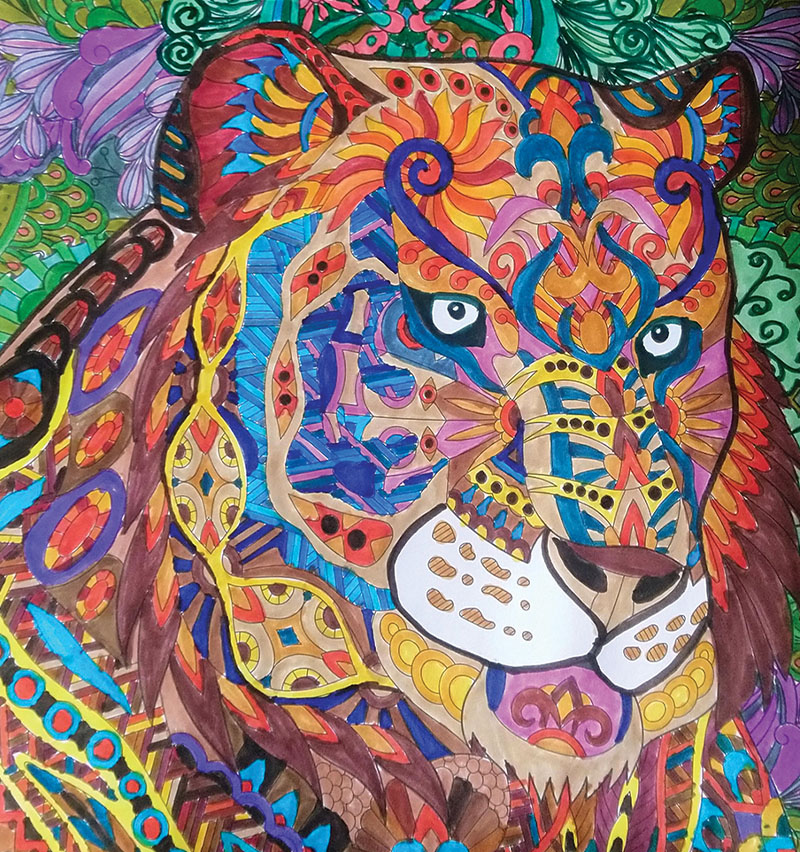
Get in touch with your creative side
Creative people aren’t only your left-handed sister or your friend who paints. Everyone has the capacity to be creative. Dancing. Singing. Gardening. Baking. All creative pursuits. And guess what? Get creative and you’ll benefit physically, emotionally and mentally.
Searching for your inner John Travolta circa Saturday Night Fever? Then get out your boogie shoes. Dancing is a great creative pursuit — and it’s also good exercise.
One study showed that participants taking Zumba classes reduced their blood pressure and triglyceride levels. Another study of breast cancer survivors found that dancing helped improve the range of motion in their shoulders.
But if disco fever doesn’t raise your temperature, don’t worry. Simply listening to music can get those creative juices flowing. One study indicates that creativity was higher for participants who listened to “happy music” while completing a task than for those who completed the task in silence.
Doctors reported that the blood pressure of one 76-year-old woman — who had high blood pressure prior to knee replacement surgery — dropped when she sang religious songs.
But why just listen? Sing the song! Research shows there are many health benefits to exercising your vocal cords.
Doctors reported that the blood pressure of one 76-year-old woman — who had high blood pressure prior to knee replacement surgery — dropped when she sang religious songs.
Your posture, too, can improve if you take up choral singing. After all, good singing technique requires good posture. When you stand up straight, your shoulders erect and back, your chest doesn’t sink when you exhale. And, in an erect position, your diaphragm — a key apparatus for singing — functions properly and efficiently.
That good posture also promotes better balance and strength. According to a University of San Francisco study, seniors in 12 choirs from the Bay Area actually had fewer falls and had stronger legs. Another study from the Institute for Health and Aging at the University of California, San Francisco, found that 30 per cent of older participants who had shortness of breath said their breathing improved.
If your singing is relegated to the shower, or you have two left feet on the dance floor, try a more cerebral creative activity: writing. In one study, HIV-positive patients were asked to write about their painful life experiences, for four days, half an hour each day. Not only had they positive things to say about their essays, their CD4+ lymphocyte counts (or T cells, the white blood cells that fight infection) increased.
Other studies showed that people who wrote in a journal slept better and healed more quickly from injuries. For example, in a small study in New Zealand, 49 participants, all over age 65, were asked to write about an upsetting issue or a neutral topic every day for three days. Two weeks later, all the participants had arm biopsies. Those who had been writing about the upsetting issues healed 34 per cent faster than those who wrote about their day-to-day schedules.
While creative pursuits can have physical benefits, engaging in any kind of creative pursuit can boost your mood, too.
In the practice of positivity psychology, there’s something called the “flow state.” That’s when you’re “in the zone,” focusing on and enjoying what you’re doing. In a Cleveland Clinic blog post, art therapy manager Tammy Shella said this flow state happens when you’re creating art.
“During this time, you’re in the zone and completely focused on the task at hand. You’re not worried about the time, bodily sensations or any other needs.”
Better physical and mental health? Great! Better brain function? You bet!
One Mayo Clinic study on aging looked at almost 2,000 participants over the course of four years. After adjustments for age, sex and education, the researchers found that “mild cognitive impairment” decreased 28 per cent when participants engaged in craft-based activities, 23 per cent when they engaged in social activities, and 22 per cent when they played games.
Whatever your creative pursuit, here’s the takeaway: Don’t quit. As a participant in a Vancouver-based arts initiative said: “The wonderful thing about being creative is that you don’t have to retire. It isn’t something you have to retire from.” —Brooke Smith
